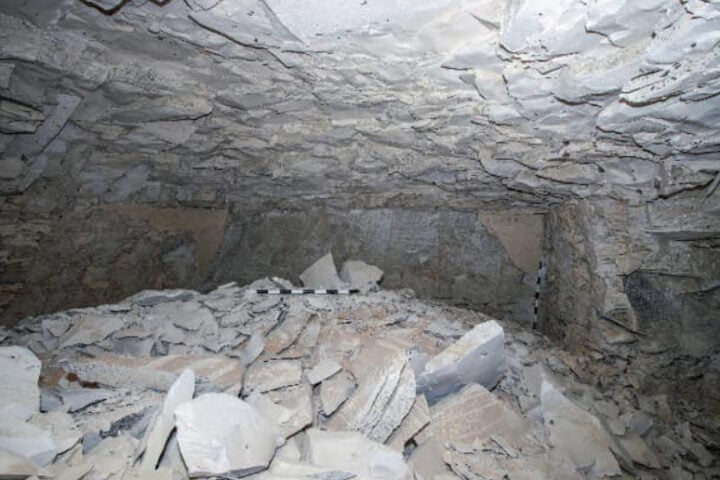The Bombay High Court issued a notice to both the Center and the State on a Public Interest Litigation (PIL) aimed at protecting ancient rock art petroglyphs and geoglyphs in the Konkan region. This area, historically known as Aparanta, has been recognized for its cultural vibrance since early historical periods. The concern arises from the construction of a petrochemical refinery in Barsu village of Maharashtra’s Ratnagiri district, which could potentially damage around 250 prehistoric geoglyphs found in the area. These geoglyphs are a form of prehistoric rock art, created on the surface of laterite plateaus by various techniques including carving, picking, and abrading, to form designs. They include depictions of a wide array of animals, humans, and abstract patterns, showcasing the rich biodiversity and artistic expression of prehistoric human settlements in the region.
The Ratnagiri district, part of this coastline, houses more than 1,500 such pieces of art spread across 70 sites, believed to be over 12,000–20,000 years old, according to carbon dating. These sites are protected by the Archaeological Survey of India (ASI) and include figures of animals like deer, elephants, tigers, and even abstract and intricate designs. Notably, several of these geoglyphs are on UNESCO’s tentative world heritage list, underscoring their immense cultural and historical significance..
The PIL emphasizes the unique and remarkable nature of these geoglyphs, which are considered important cultural expressions dating back to the Palaeolithic times. They represent the largest concentration of such art on the laterite plateaus in the Konkan, distinct from other common rock art forms in India like rock paintings, etchings, cup marks, and ring marks. This concentration is described as the most remarkable open-air ensemble of prehistoric human expression known from as far back as 30,000 years ago.
In light of this, the PIL calls for the preservation of these prehistoric artworks, highlighting the potential threat posed by the proposed industrial projects in the area, such as the mega oil refinery. The Bombay High Court’s notice to the Center, state, and ASI reflects the importance of addressing these concerns to protect and preserve this irreplaceable part of human history and cultural heritage.


















